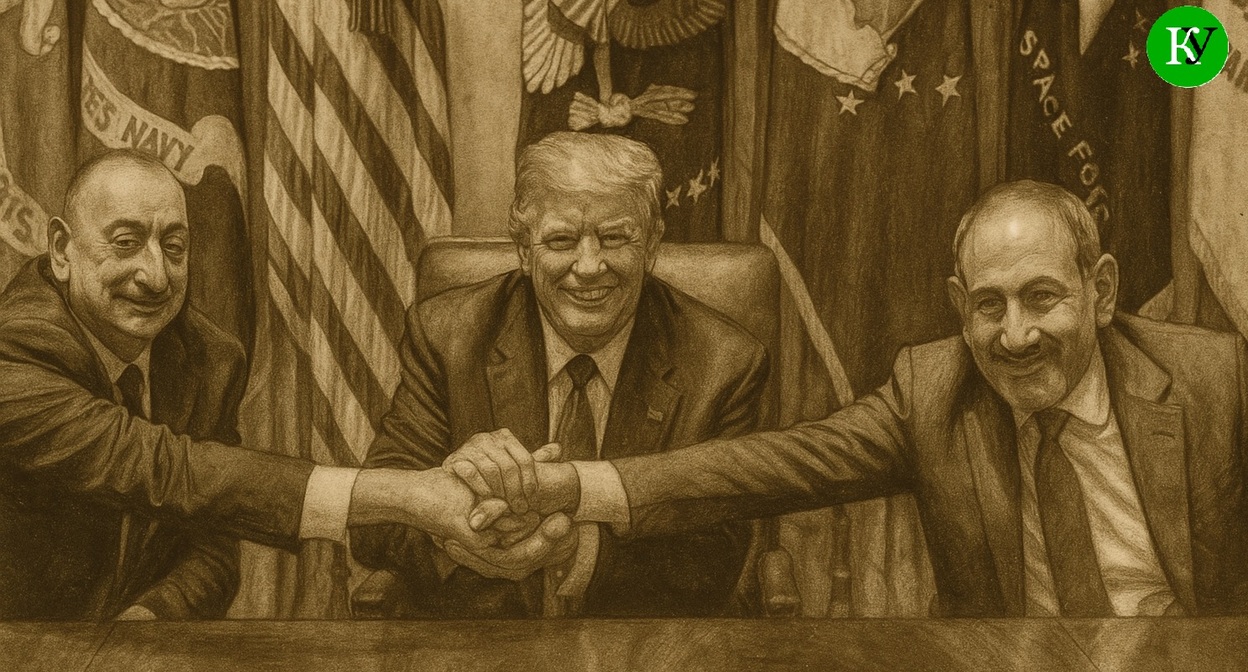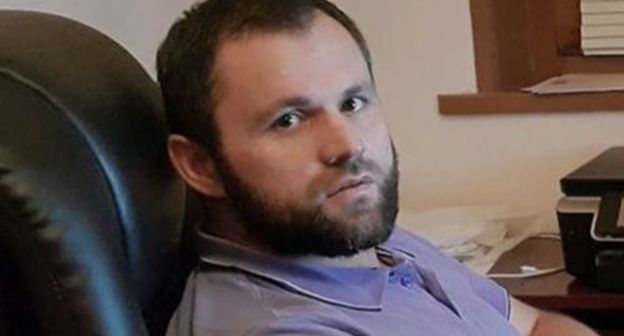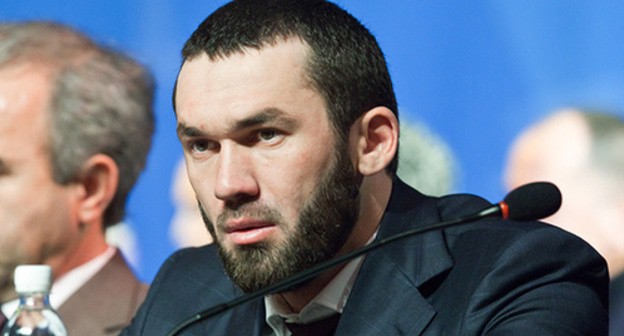Buynaksk
City in Dagestan, republican subordination, rayon (sector) centre, 41 km south-west of Makhachkala. Located on the foothills of the Greater Caucasus, on the Shura-Ozen River. Terminal railway station of the branch from the Armavir - Baku line. Motor road junction. Population (1992 est.) 58.5 thousand, (1897 est.) 9.2 thousand, (1926 est.) 9.5 thousand, (1979 est.) 45.1 thousand.
According to the legend, foundation of the city is connected to the name of the Central Asian conqueror Timur (Tamerlane, Temir-Khan). In 1396, when Timur and his army were coming back after the campaign to the Golden Horde and Russia, they tented at a lake later referred to by local mountaineers as Timur's Lake, Temir-Khan-Shura. Soon after Timur's departure, an aul (village) of the same name as the lake, arose (the lake itself was drained in 1854) on the site where his troops tented. Subsequently, an Avaro-Kakhetian road from Dagestan to Georgia was laid near the aul. A favourable geographical position at mountain passages to internal areas of Dagestan accounted for construction of Russian fortifications near the aul in 1834. During the Caucasian war (1817 - 1864), the fortress of Temir-Han-Shura withstood a one-and-a-half-month siege of mountaineers under the leadership of the imam Shamil in 1843, and a raid of Khadji-Murat's horsemen in 1849.
Since 1847, Temir-Khan-Shura was the residence of the civil manager in Pre-Caspian kray (region); since 1860, the centre of Dagestan oblast (province). City since 1866.
In the 19th century, the city attracted attention of cultural figures especially after Shamil was captured in 1859 and the Caucasian war ended. Temir-Khan-Shura was visited by the poets and writers А.I. Polezhayev, А.А. Bestuzhev-Marlinsky, the artists F.Т. Rubo, I.К. Aivazovsky, N.A. Yaroshenko, the surgeon N.I. Pirogov, the French writer Alexandre Dumas - PERE.
In November 1920, the RSFSR government declared autonomy of Dagestan at the congress of Dagestan peoples in Temir-Khan-Shura. In 1922, the city was re-named after Ulluby Buynaksky, a fighter for the Soviet Power in Dagestan.
Modern Buynaksk has a furniture factory, a shoe factory, a knitting mill, a clothes factory; an integrated machine works, an instrument-making plant, a tyre repair shop, a cannery (making confitures, jams, compotes of bird-cherry, apricots, apples). Buynaksk lies in a climatic resort locality (antituberculous sanatoriums, etc.).
The city has the Avar Drama Theatre, a mosque, which is the largest in the North Caucasus, and a madrasah.
Buynaksk was heavily damaged during the destructive earthquake of May 14, 1970. The city is built up mostly with one-storeyed houses surrounded by gardens. The central part has kept the former residence of the Governor General of Dagestan oblast, decorated with cannelured tetrahedral columns (19th century, the present building of Avar Teachers-Training School). The square in front of the building is the site of the obelisk erected on the common grave of twelve revolutionaries (including Makhach Dakhadayev and Ulluby Buynaksky, who were buried here).
Environs of Buynaksk have kept petroglyphic drawings dating back to the late 2nd millennium or the early 1st millennium B.C. (a hunting scene, images of wild and home animals, etc.).




![Tumso Abdurakhmanov. Screenshot from video posted by Abu-Saddam Shishani [LIVE] http://www.youtube.com/watch?v=mIR3s7AB0Uw Tumso Abdurakhmanov. Screenshot from video posted by Abu-Saddam Shishani [LIVE] http://www.youtube.com/watch?v=mIR3s7AB0Uw](/system/uploads/article_image/image/0001/18460/main_image_Tumso.jpg)